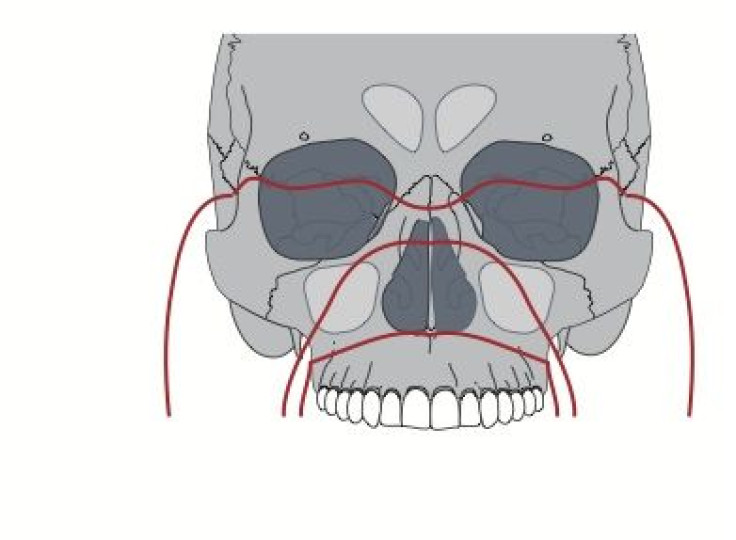Video Of Brutal Bicycle Accident Allows Doctors To Link Impact Forces To Specific Facial Fractures

Nowadays, a video of someone failing to pull off a bicycle stunt and paying a very painful price comes in the form of a YouTube clip that the world recoils from or ridicules. But one specific piece of cringe-worthy footage provided researchers at the University of Western Ontario with the opportunity to break down the mechanics of impact injuries.
Digital video that happened to capture a patient’s bicycle accident allowed Thomas Jenkyn and colleagues to analyze the trajectories and forces that led to specific types of facial fractures. The video shows a man accelerating down a hill on his bicycle and missing a ramp that was connected to a wooden dock. As a result, the bicyclist fell forward, “rotating about the point of contact of the front tire and the dock, with [his] face and body subsequently impacting the dock,” the researchers described in their study, published in the Journal of Craniofacial Surgery.
An image editing program allowed detailed frame-by-frame analysis that led to precise estimates about the velocity of impact, impact force, force impulse to fracture, and the angle of impact. Altogether, the researchers figured that the accident occurred over seven frames, or one-third of a second, and that the rider’s head made impact with the dock at a speed of 6.25 meters per second — a force that equated to 429 lbs.
The physics of the accident were then correlated with computed tomographic (CT) images of the facial injuries. The way the accident took place was typical of a bicycle crash; the rider was flung over the handlebars at a certain speed “with a circular arc of motion about the axis of the front tire.” Based on the scans, the researchers diagnosed the head injuries as so-called "Le Fort" facial fractures, which typically occur from high impact force trauma.
While the footage and resultant injuries provided the researchers with valuable real-world data that can be compared to laboratory simulations of traumatic injuries, they still pointed out the patient's lack of judgement by not wearing a helmet when he attempted the stunt. “Our analysis can be considered further impetus for the promotion of helmet-wearing by all bicycle riders to avoid serious complications of accidents including facial bone fractures,” they said.
“These data confer further understanding of the biomechanics of bicycle-related accidents by correlating an actual clinical outcome with the kinematic and dynamic parameters involved in the accident itself and yielding a concrete evidence of the velocity, force, and impulse necessary to cause clinically significant facial trauma,” the authors conclude in their study. “These findings can aid in the design of protective equipment for bicycle riders to help avoid this type of injury.”
Source: Syed SH, Willing R, Jenkyn TR. Video Analysis of the Biomechanics of a Bicycle Accident Resulting in Significant Facial Fractures. Journal of Craniofacial Surgery: Nov. 2013, Vol 24, Issue 6, p 2023-2029.



























